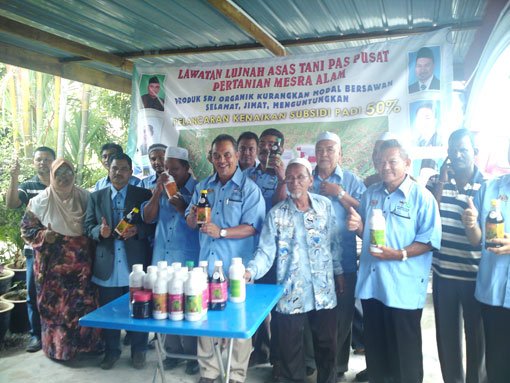SHAH ALAM, 12 Nov: ‘Million People Mega Rally Demanding Eight Reforms’ is expected to be able to overcome the turnout of the BERSIH 3.0 rally on April 28.
The expectation is based on a significant increase in awareness among the people of this country when claims for clean and fair elections have been rejected by the Election Commission (SPR), resulting outrage from the people.
In addition, the overwhelming response from the public to the People’s Uprising Assembly held at Taman Seremban Jaya, Senawang recently is giving measure to what kind of response would be received by the mega rally.
The Organising Committee of the Advocates, Hishamuddin Rais told TV Selangor today, after non-governmental organizations (NGOs) the Coalition for Clean and Fair Elections Coalition (BERSIH) held its meeting last night.
“We see it like this, if the People’s Uprising Assembly in Seremban is held in a rain storm and is able to pull 20 to 30 thousand people, this is capable of being even bigger than BERSIH 3.0.”
“I think this rally is even more mega than mega, even bigger than big, more thorough than thorough, and I would like to call upon the people of the country to show our unity in demanding our rights as citizens of Malaysia,” remarked Hishamuddin.
However, he declined to reveal further details today’s meeting and only reveal it in a press conference to be held on the 29 of November.
In that same press conference information on roles that the NGOs involved will play, including BERSIH.
He said, the organizers will also be planning carefully to patch-up any weakness that were present in previous rallies.
According to him, apart from BERSIH, the rallies that will be held in Kuala Lumpur is also joint-organized by several non-governmental organizations (NGOs) such as the Youth Solidarity Malaysia (SAMM), National Felda Children’s Association (ANAK), Abloish ISA Movement (GMI) and others.
“The assembly will be held in Kuala Lumpur, but we have not confirmed the exact location yet, whether it will be at Merdeka Square or elsewhere,” he continued.

